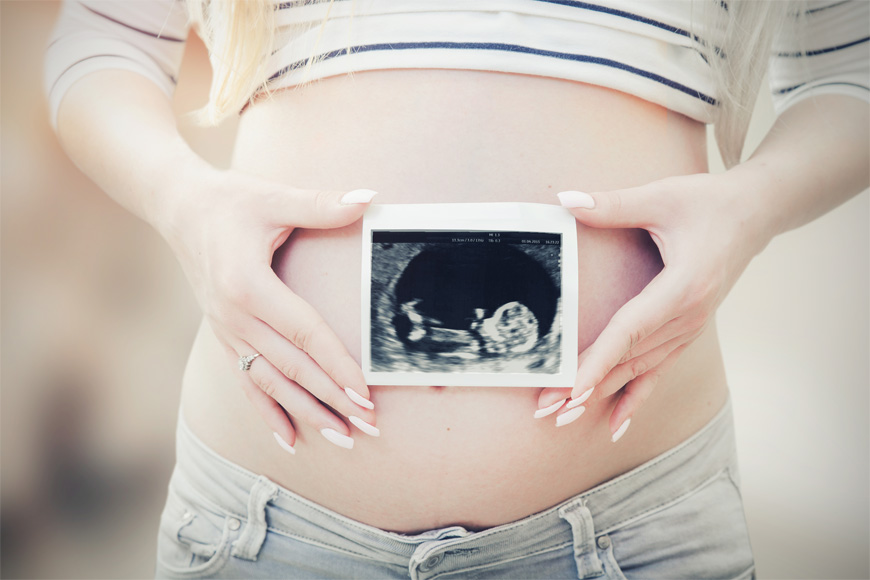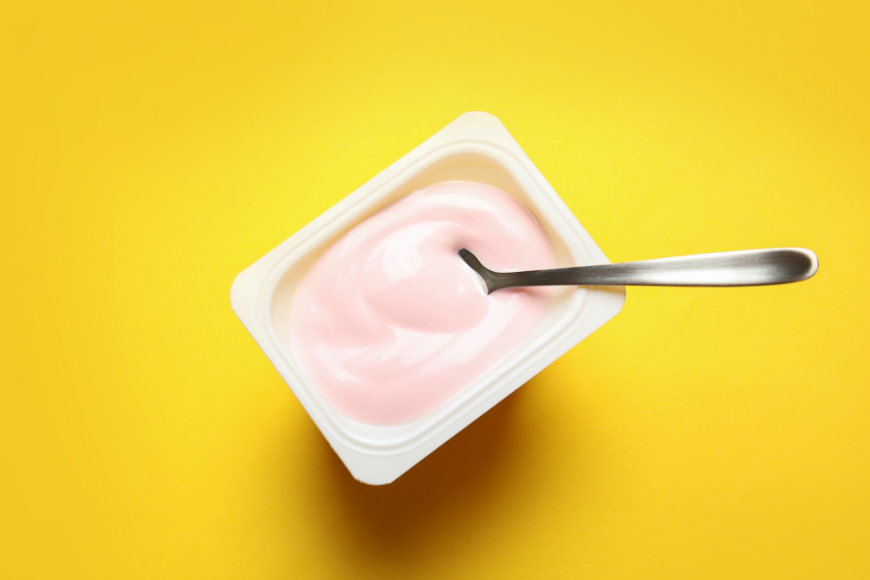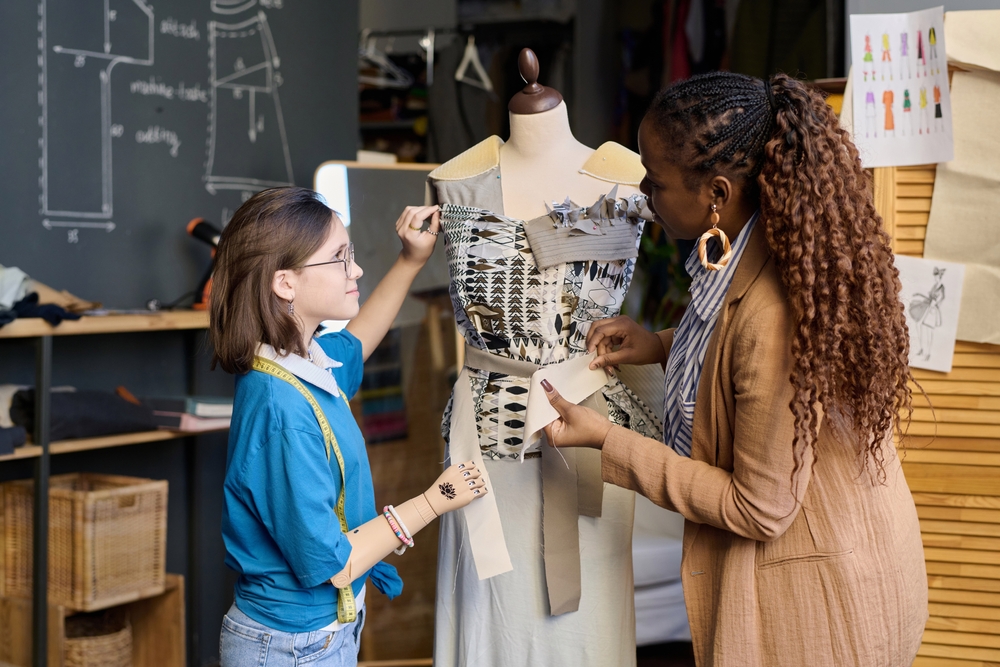
According to Dr Allen Rezai, an expert Harley Street Breast Surgeon and lead consultant Plastic and Reconstructive Surgeon at Elite Plastic & Cosmetic Surgery Group in Dubai Healthcare City, “Tuberous breast is a constricted tube-shaped breast that is caused by tight bands beneath the skin that prevent the breast glands from growing to a normal breast shape. This condition is the most common congenital breast shape deformity among women and can range widely in severity, presenting many different symptoms for patients. Various surgical techniques can be applied depending on the extent of the severity. Many women, who might have gone through life suffering the psychological traumas of inadequacy and lack of confidence due to this condition, are able to receive treatment, and go about their daily routines in a new happier way and live life to the full, thanks to the increasing awareness about this condition, especially amongst General Practitioners and family doctors who typically are the first point of contact for patients suffering from tuberous breast deformity.”
When considering tuberous correction surgery, an in-depth consultation with a qualified and experienced plastic surgeon is necessary, you should be able to discuss your concerns and goals with wanting surgery, and also be fully assessed and be informed of your options, the implications of surgery and whether or not you are a suitable candidate.
Although nothing can take the place of a one to one consultation, here we share with you some of the questions Dr Rezai commonly hears from patients suffering from tuberous breast deformity.
Q: How will I know if I have Tuberous Breast?
A: Tuberous breasts can manifest quite differently on different individuals, but the most common characteristics associated with this condition are:
• Under-developed breasts
• Narrow and elongated cylindrical shape
• Abnormal breast base constriction with little or no breast tissue
• Enlarged, bulging and herniated nipple areola complex (pigmented area around the nipple)
• Abnormal wide cleavage due to the breasts being far apart.
• High located breast fold (inframammary fold), fold may be absent in severe cases
• Ptosis – sagging breast that looks long and constricted
Depending on the severity of the condition, the patient can have some or ALL of the above indications in one or both breasts.
Q: How is Tuberous Breast Corrected?
A: From an aesthetic point of view, correction of tuberous breast is one of the most difficult challenges in breast surgery and requires a significant amount of prior experience. It requires a delicate balance of breast reshaping, areolar balancing, and breast augmentation, taking into account the degree of tuberous breast deformity. With so many variations and degrees of severity and asymmetry, no two tuberous corrections are the same. There is No Single specific correction technique that applies, instead, a combination of various techniques is normally used depending on the characteristics and severity of the condition, the surgeon’s preference and experience, and the unique goals and desires of the patient.
However, the overall goal with tuberous correction is to:
• release the underlying constricted tissue
• widen the constricted base of the breast to a normal size
• lower the infra-mammary fold
• increase the skin envelope
• increase the size of the breast using implant or own tissue
• reduce the size of the nipple-areola complex
• restore breast symmetry
When formulating a bespoke treatment plan for each of my patients, I consider the location and type of incision (for correction of deformity, areola herniation, breast droop and asymmetry), the type, size, projection and placement of the implant (if additional volume is required) and the number of stages required to achieve the best results.
You might also be interested in...
Q: What to expect during Initial Consultation?
A: One to one consultation with a qualified plastic surgeon, experienced in correction of tuberous breast should be the first step following the initial research about the condition and the correction.
As I do with all other procedures, during the in-depth initial consultation for tuberous breast correction, I fully discuss patient’s medical history and every aspect of her aesthetic goals. Followed by a thorough examination. I explain the treatment options available, benefits, potential risks and expected outcome of each option, I provide them with detailed written information in addition to verbal discussion. It is very important to me that my patients understand all options available to them and the implications involved with each option, it is only then, they can make an informed decision on what option is best for them.
Furthermore, I encourage my patients to not rush, take the time they need to consider everything we discussed, return for a 2nd or even a 3rd consultation before making up their mind about their procedure.
Q: Is a simple breast augmentation enough to correct tuberous breasts?
A: No, not really. There are considerable differences between tuberous breast correction and breast augmentation. For one, the internal anatomy of the tuberous breast is different to a normal small breast, although sometimes in mild tuberous deformity cases, this is not apparent externally, but the characteristics of tuberous condition are there, and will affect the aesthetic outcome.
However, in very mild to mild cases were the patient, for one reason or another, is not yet ready for FULL tuberous correction surgery and her main concern is the short distance between the nipple areola and the inframammary fold, she may choose to undergo a breast augmentation alone and accept the possibility of not achieving optimum results. Nevertheless, in these instances, internal scoring of skin and tissue may still be necessary, but the type of incision will be similar to a breast augmentation and manipulation of breast tissue will be kept to a minimum.
Q: Are there any potential risks and complications with tubular breast correction?
A: Although rare, there are general and specific, risks and complications associated with all surgical procedures including tuberous breast correction. I passionately believe in fully educating my patients in all aspects of the procedure, including the good and bad. I thoroughly discuss these with my patients at their consultation.
The decision to have any breast surgery is extremely personal and the patient has to decide if the procedure will achieve her desired goals, and whether or not the risks and potential complications are acceptable.
Q: Is breast feeding possible following tuberous correction surgery?
A: Not likely, as during correction, the glands and breast tissue is cut and manipulated to reshape the breast. However, in women with tuberous breast deformity, the breasts are under-developed and many times, the milk glands will not have developed sufficiently to produce milk, so many women with this condition are unable to or breast feed regardless of having correction surgery.
Q: What are the reasons behind choosing to have tuberous correction surgery?
A: It is very individual. But many of my patients, particularly the younger women, find the abnormal shape and asymmetry in breast psychologically upsetting, many times they feel socially limited and very self-conscious and embarrassed, most of them never go swimming or do certain sports.
I find that after Breast Reconstruction (following mastectomy), Tuberous Correction is the most rewarding procedure, with very high patient satisfaction rate.
Q: How long is the procedure and will it be overnight stay at the hospital?
A: The surgery is performed under general anesthetic and may take anywhere between 1.5 to 3 hours depending on the extent of the procedure. And regardless of type of Breast Surgery, I always keep my patients overnight at the hospital, for monitoring and pain management.
Q: What is the Recovery and Aftercare like?
A: It is very individual as everyone heals at a different rate, but in general and depending on the extent of the procedure, the expected recovery is 10-14 days. However, strenuous activity, gym and exercise should not be resumed until 4-6 weeks post-op. My nursing team call our patients every day after they are discharged from the hospital until they come for their first post-op appointment. Routine follow-up visits are at one week, 4 to 6 weeks, 3 months and 12 months.
I believe the aftercare is as important as the surgery itself and I encourage all my patients to at least, attend their routine follow up appointments, as they are provided with specific information and instructions at every stage to promote the healing process.
Q: How long will the results of tuberous correction surgery last?
A: The results may last for many years to come, but unfortunately as with all breast surgery, natural ageing, significant weight fluctuations and pregnancy will alter the outcome of surgery. Furthermore, breast implants are not considered lifetime devices, and if these have been used for adding volume, further surgery sometime in the future is inevitable.
To conclude, we asked Dr Rezai to provide a list of what he believes to be the most important considerations to be taken into account when contemplating Tuberous Breast Correction and choosing a surgeon. The following was his reply in the form of a simple but comprehensive check-list:
-
Think about the change you want to see, then research and find out as much information as possible about the treatment, being precise about what you want and, above all, be open to all your wishes not being achievable.
-
Find a qualified plastic surgeon experienced in tuberous correction procedure, making sure that he or she is board certified. Also look for “genuine” reviews and feedback from previous patients.
-
Have consultations with at least 2 or 3 qualified and experienced surgeons, just to have something to compare and cross-check.
-
Be honest about your medical history and discuss all aspects of the surgery with the plastic surgeon. Do not be afraid to ask questions, since it is important to know the risks involved and feel comfortable with the person who will be carrying out the surgery. The plastic surgeon should be able to explain why he/she recommend a certain type of treatment option or technique, as with all breast surgery, the type of technique used depends on many factors involving the patient’s indication for treatment, anatomy and lifestyle, and a treatment plan should be tailored to suit the specific needs of the patient.
-
Find out what type of care is offered before, during, and especially after the surgery as after-care can be just as important as the surgery itself. So make sure you know who to contact and how you will be looked after, especially if there are any complications or problems following your surgery. Also find out where the surgery will be performed, as this can have major implications on safety during the operation and the occurrence of possible risks and complications.
-
Find out where the surgery will be performed, as this can have major implications on safety during the operation and the occurrence of possible risks and complications.
-
Last but not least, “COOL OFF” before you commit. Take your time and reflect on all aspects of the procedure, and make sure you understand all the implications involved before you make an informed decision to proceed.
For more information about Tuberous Correction Surgery or any other type of breast surgery please call +971 4 431 2396.



























.png?itok=HBSyMDok)


























































































.png?itok=0fOAXkOm)















.png?itok=EH_x0Pha)













